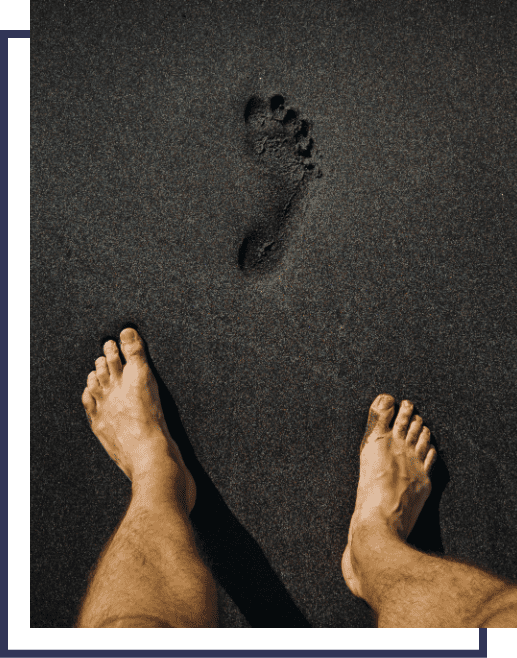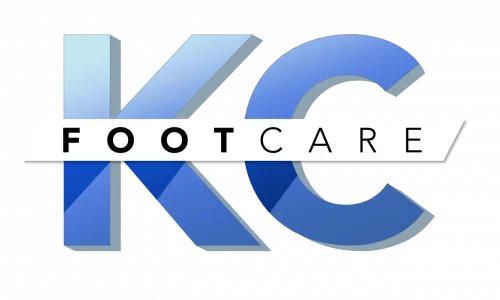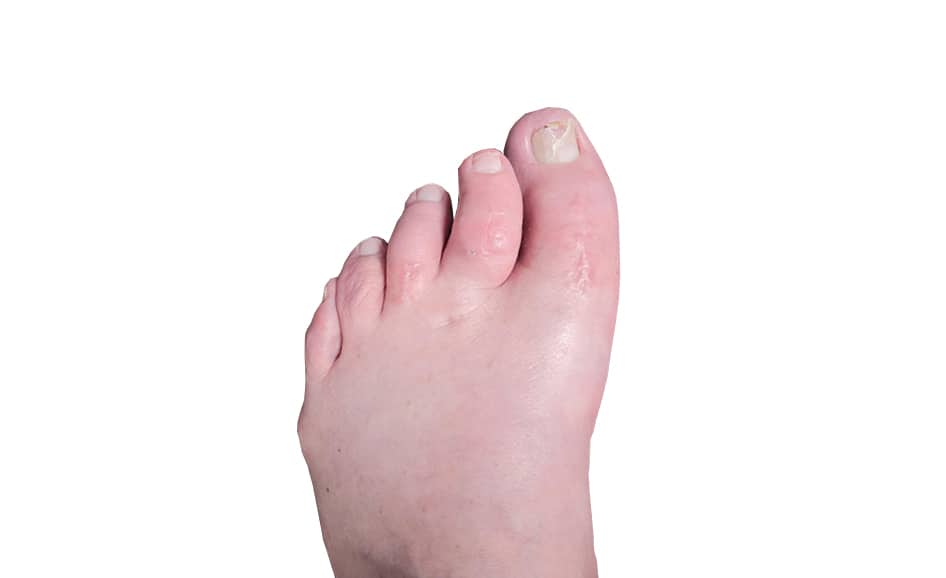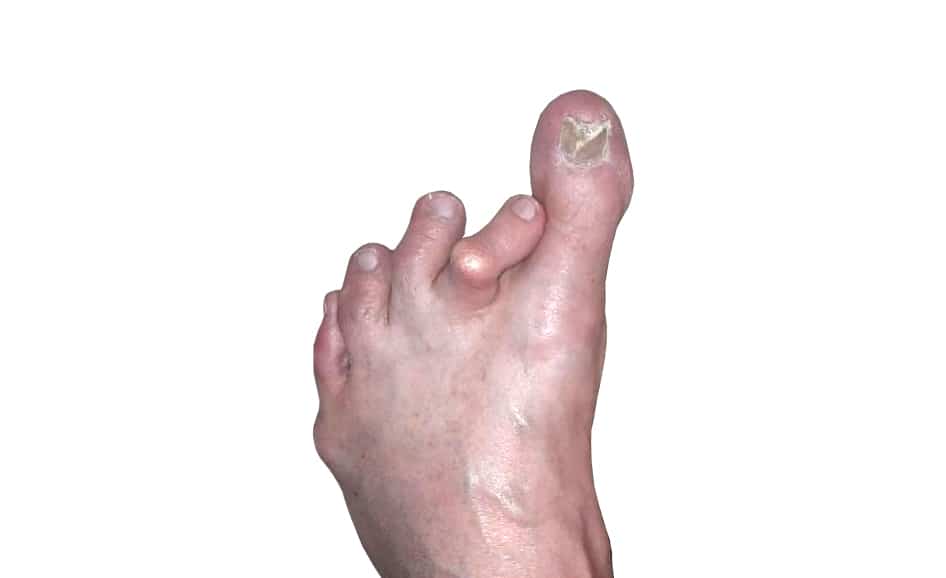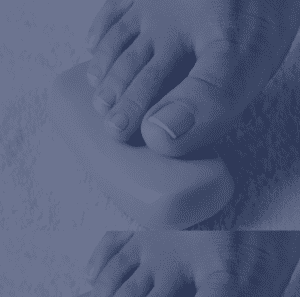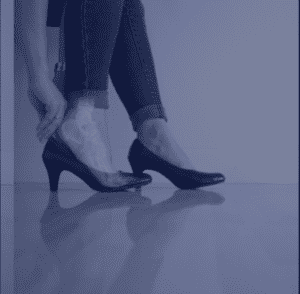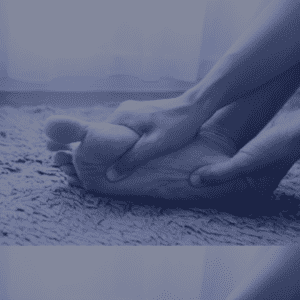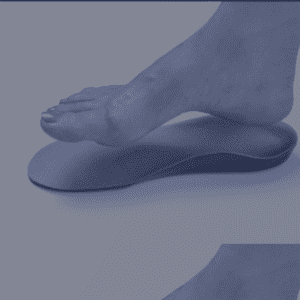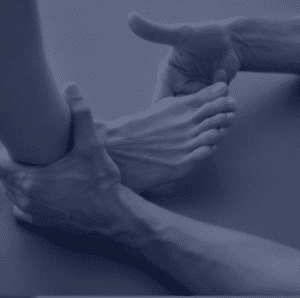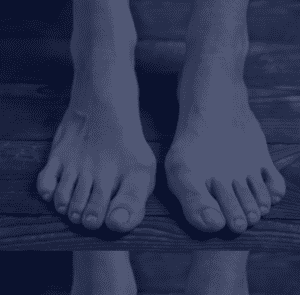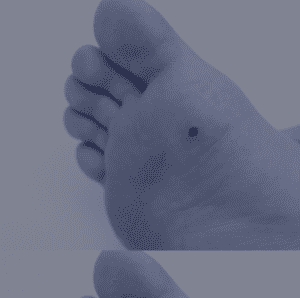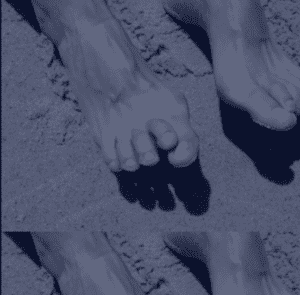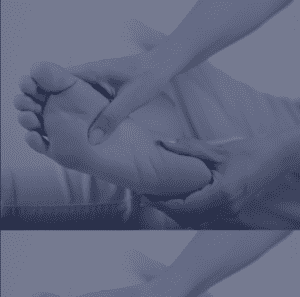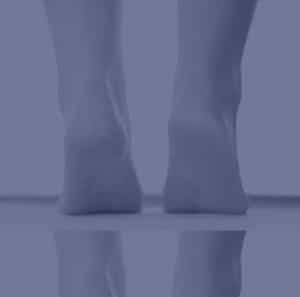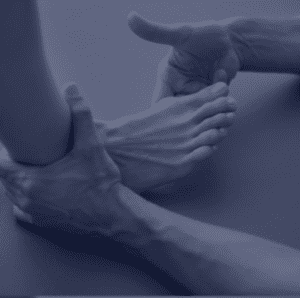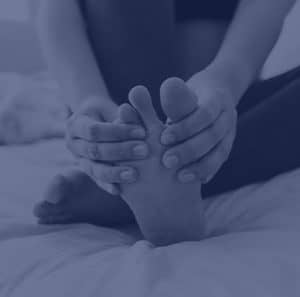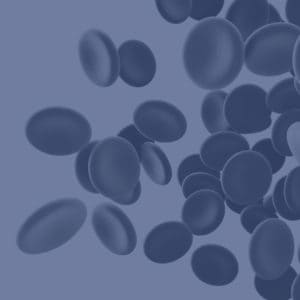HAMMERTOES KANSAS CITY OVERLAND PARK
No more ugly painful Hammertoes
See before and after pictures below
about Hammertoes
Overview
Hammer toe deformities are commonly caused by bunions, flatfeet, heredity factors along with improper fitting shoes. The toes are vital in correct walking or running. There are at least six sets of small muscles that control each toe.
The toes are vital in correct walking or running.
If there is an imbalance in the foot, these smaller muscles can be overpowered by larger lower leg muscles causing hammer toe development over time is deform’s the middle joint in the toe. They can become severe with pressure from shoes causing corns on top of the toes.
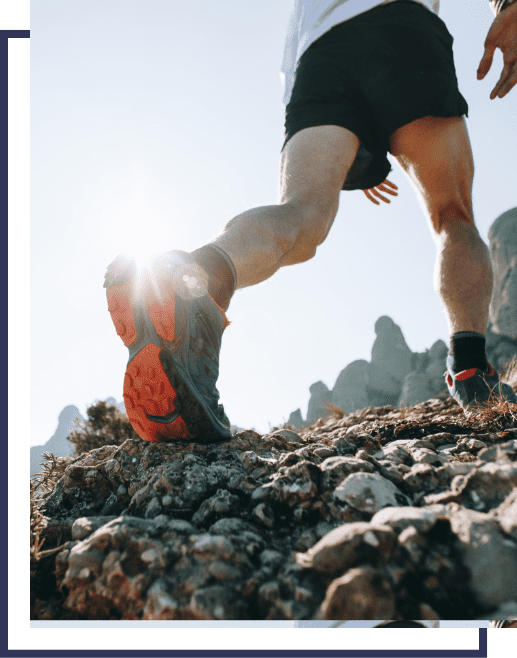
about Hammertoes
Symptoms
Hammer toes normally affect the second, third and fourth digits but can affect the outside of the fifth toe also. The toe becomes bent in a fixed position with a slow developing corn on top of the toe. Many times it causes pain from shoe rub and the corn thickening.
If the hammer toe is long standing it’s not uncommon to also have pain on the ball of the foot with or without a callus under the painful toe. The toe can be flexible or rigid. If the second toe is the problem many times it can be to long in relationship to the other toes.
Treatment
Treatments for hammer toes depends on the severity. When it first starts we can use an orthotic which is a form of a custom shoe insert. In early stages of a hammer toe a minor in office tendon release can give an excellent result. Without early treatment the soft tissues and muscles become tighter and the deformity becomes rigid at the middle joint which then causes a corn on top of the toe. If that occurs more involved surgery is required.
A minor surgical procedure can be done either in the office or outpatient. An incision is made on top of the toe and a small piece of bone is removed to straighten the toe. If the toe is rigid and doesn’t bend then the same procedure is performed but we use an absorbable pin to keep it straight. Rarely is a removable metal pin necessary to hold the toe straight.
There is a newer advanced treatment using minimally invasive surgery, this is performed in the office. This significantly reduces cost because there is no hospital cost. The treatment is exactly the same with the exception the patient isn’t sedated.We use a real time x-ray to see the bone correct. A combination of a tendon and bone procedure can give the patient a excellent result.
